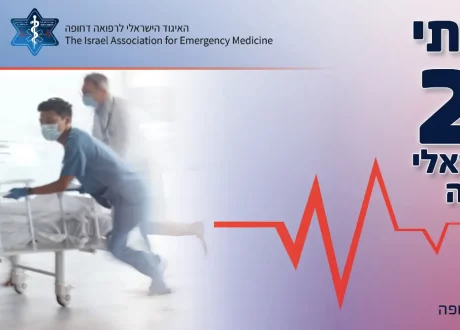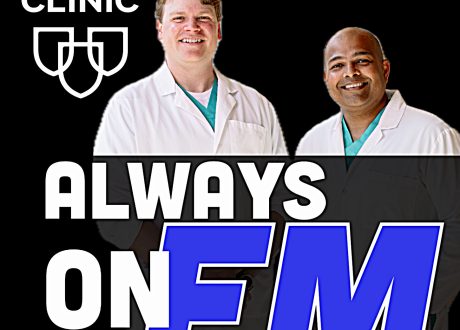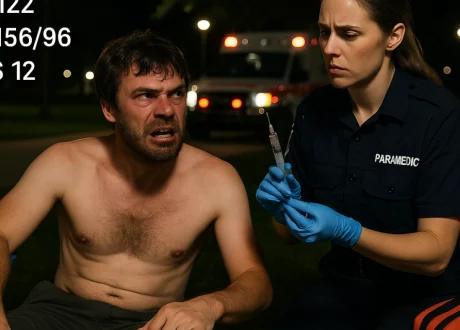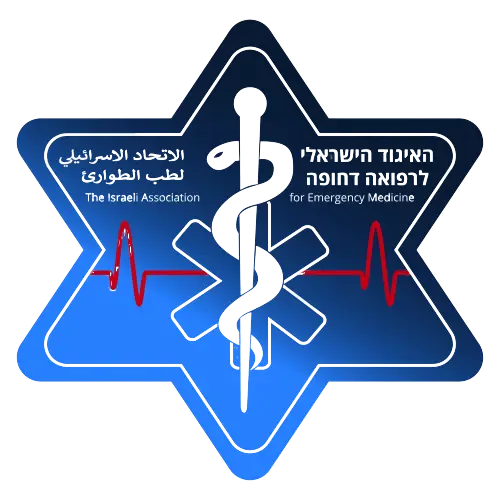 Hannah Smyth , Deirdre Breslin, Lorcán Mullany, Vinny Ramiah, Roisin Riches,
Hannah Smyth , Deirdre Breslin, Lorcán Mullany, Vinny Ramiah, Roisin Riches,
Rico Laguna, Paula Morgan, Colm Byrne
- Correspondence to Dr Hannah Smyth, Mater Misericordiae University Hospital, Dublin, D07 R2WY, Ireland; hmsmyth@tcd.ie
Abstract 
Background Increasing numbers of older patients are presenting to the ED following trauma. These patients require multidisciplinary care that the traditional trauma model fails to provide. A Silver Trauma Review Clinic (STRC) was developed in conjunction with the geriatric ED and multidisciplinary services to improve the post-discharge care of patients with non-operative traumatic injuries.
We aimed to assess the STRC by reviewing the journey and outcomes of patients who attended the clinic.
Methods A retrospective review of electronic chart data was performed on all patients who attended the clinic over the initial 1-year period. Data were collected on patient demographics, medical history, medications, timelines, trauma assessments and further investigations, fracture types, occult injuries, geriatric assessments (Comprehensive Geriatric Assessment, Clinical Frailty Scale, bone health, falls, Orthostatic Hypotension (OH), cognitive screening, mobility), number of reviews and discharge destination.
Results 137 patients were reviewed with a median age of 80 years (IQR 74–86) and 69% were female. The median Clinical Frailty Scale was 3 with a median time from the patient’s initial ED presentation to clinic of 15 days (IQR 9.75–21) and median time from initial review to discharge 20 days (IQR 1–35). 71% of presentations were as a result of falls under 2 m. Tertiary survey in the STRC identified previously unrecognised injuries in 24 patients (18%). In total, 56 patients were reviewed with vertebral fractures. 87% of these patients (n=49) were further investigated with a CT or MRI and 95% of patients (n=53) were referred for physiotherapy. Patients attending the STRC had a comprehensive geriatric assessment with abnormal Mini-Cog assessments found in 29%, a new diagnosis of osteoporosis in 43% and orthostatic hypotension diagnosed in 13% of patients. 61% were discharged to primary care and 19% linked into a specialist geriatric clinic.
Conclusion The STRC is a novel approach allowing timely, patient-focused, comprehensive and collaborative trauma care of older patients following non-operative injuries.









